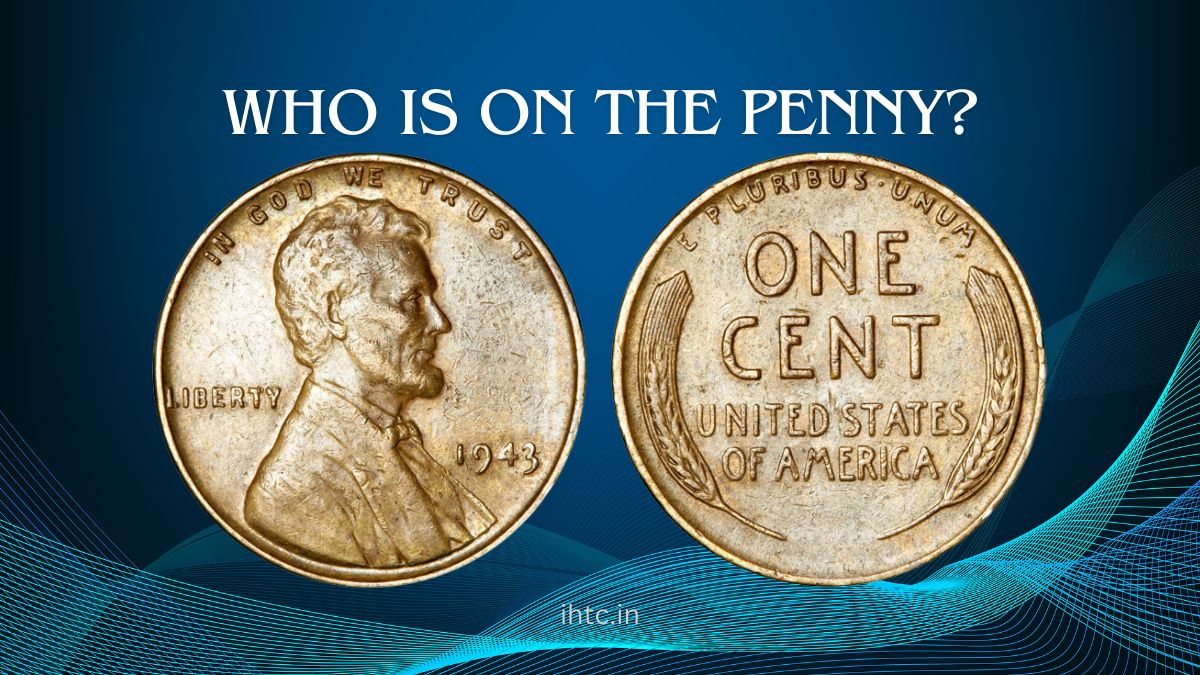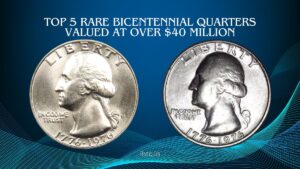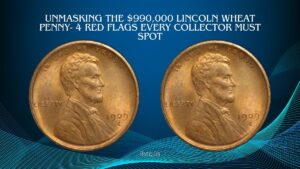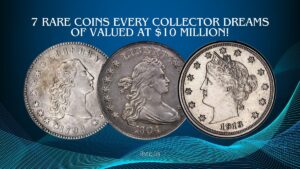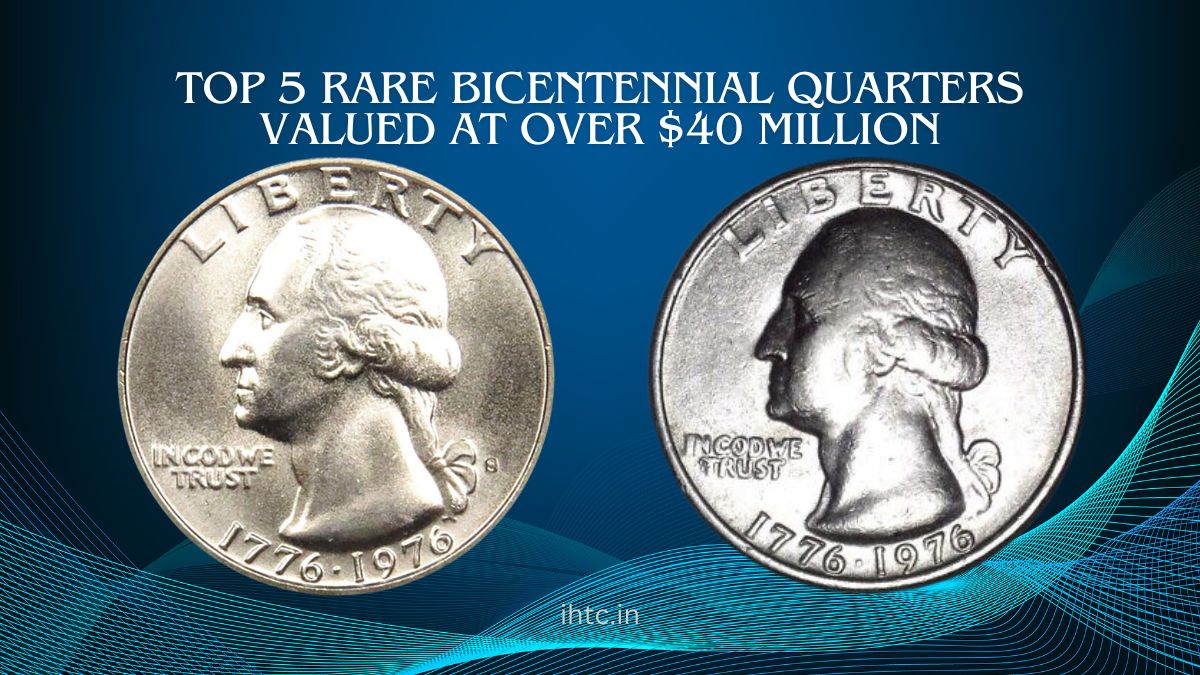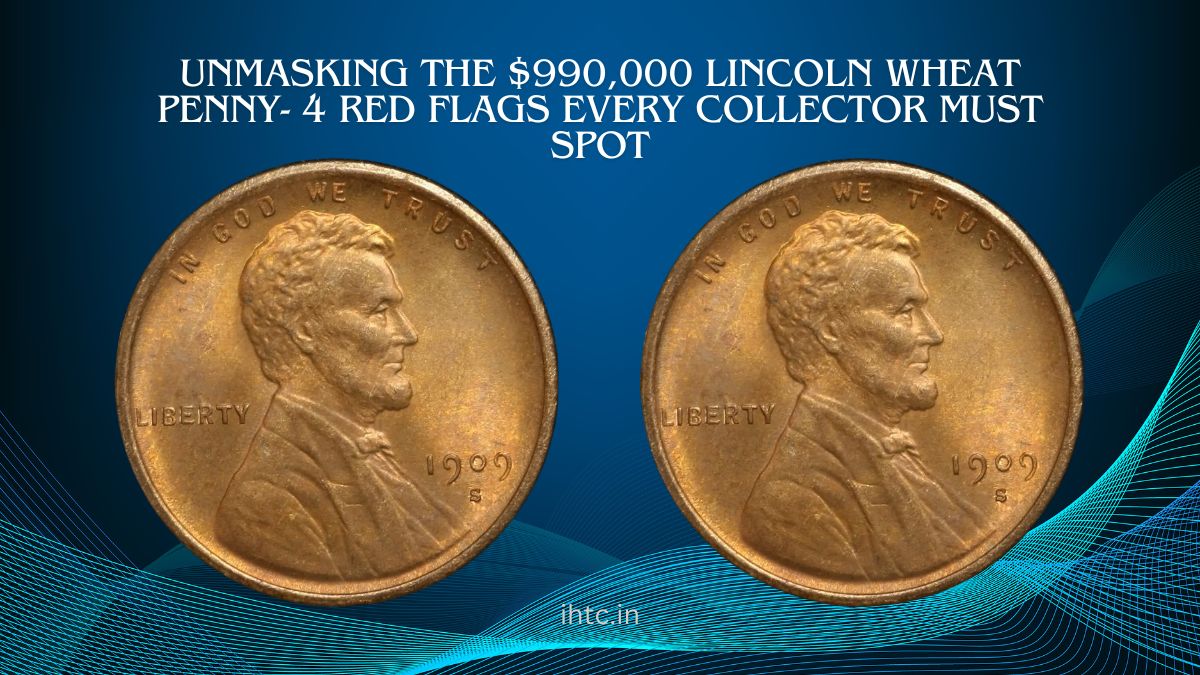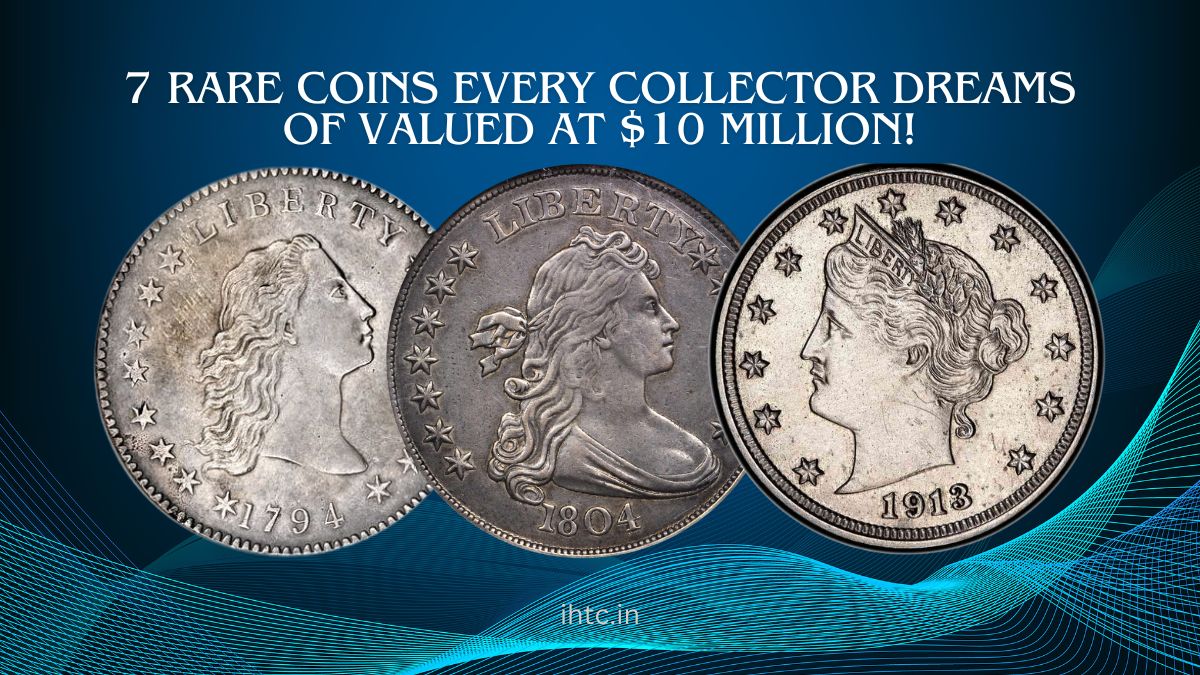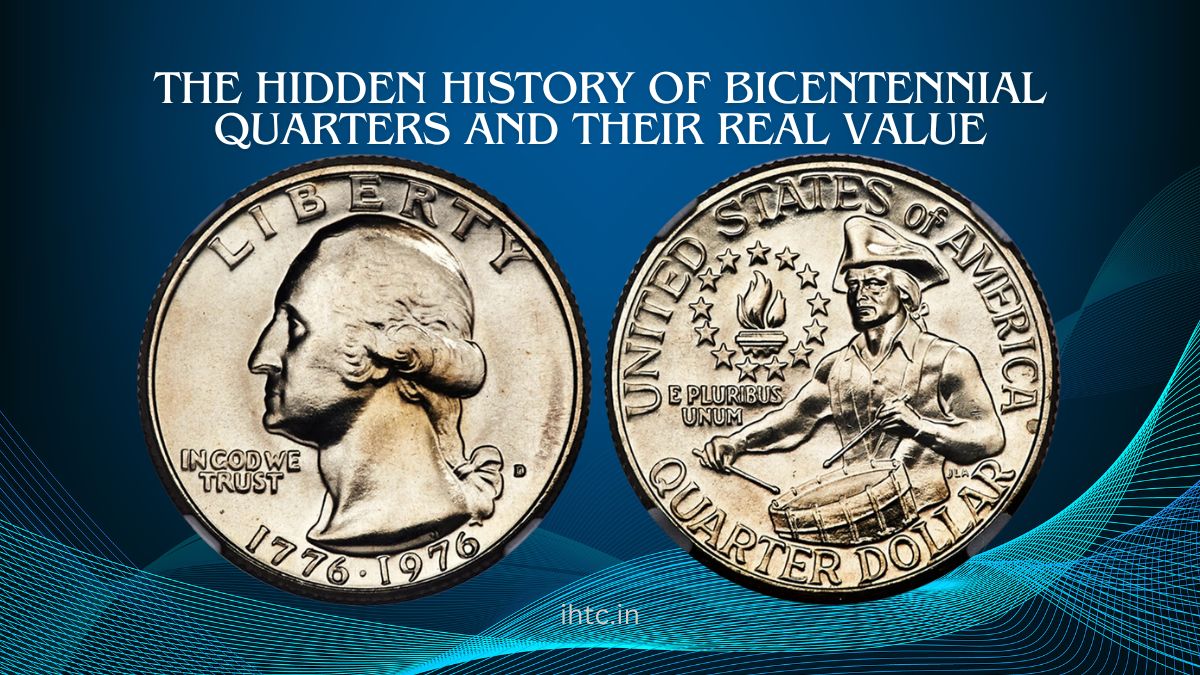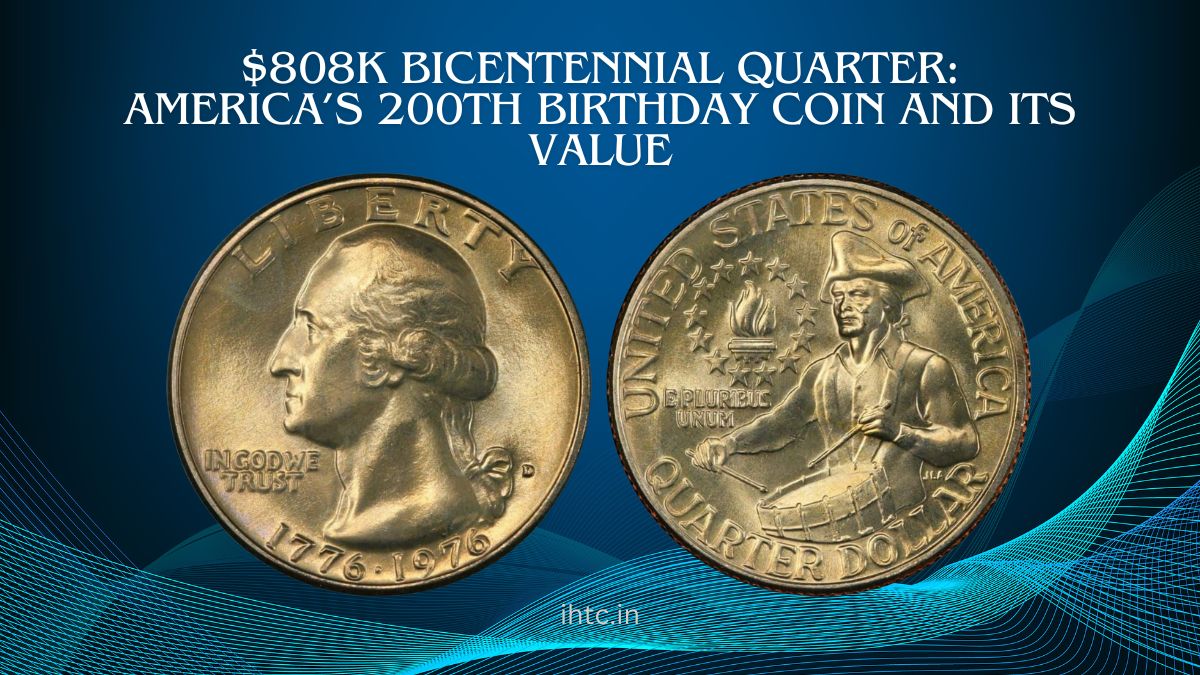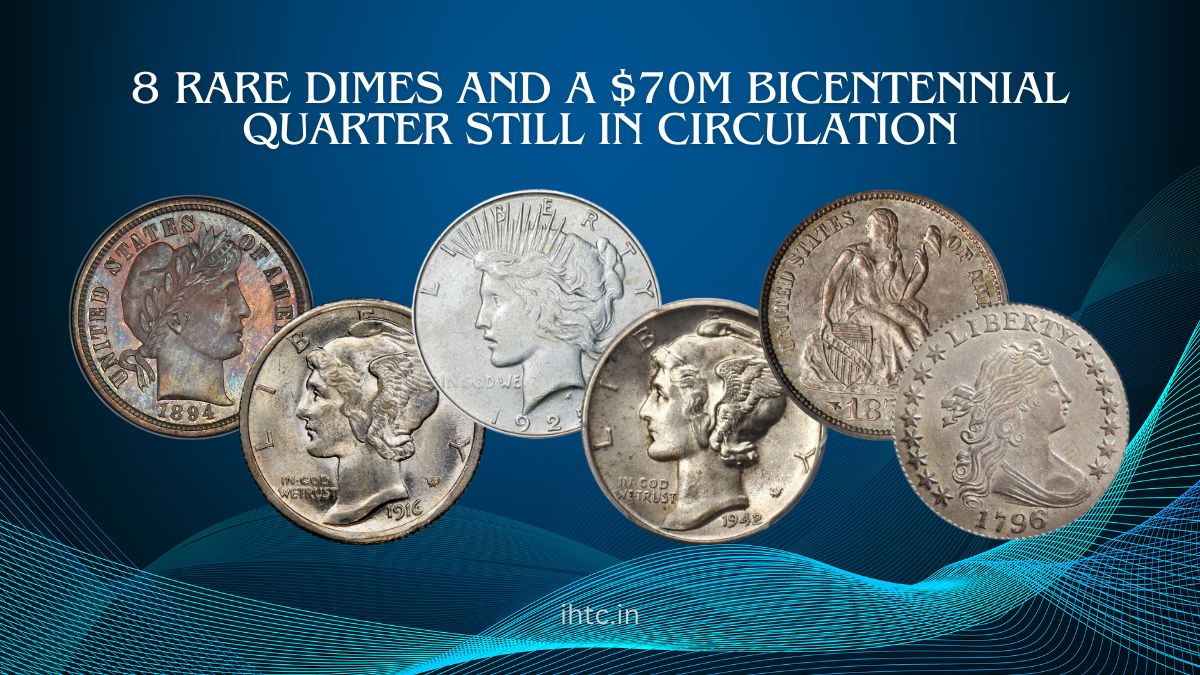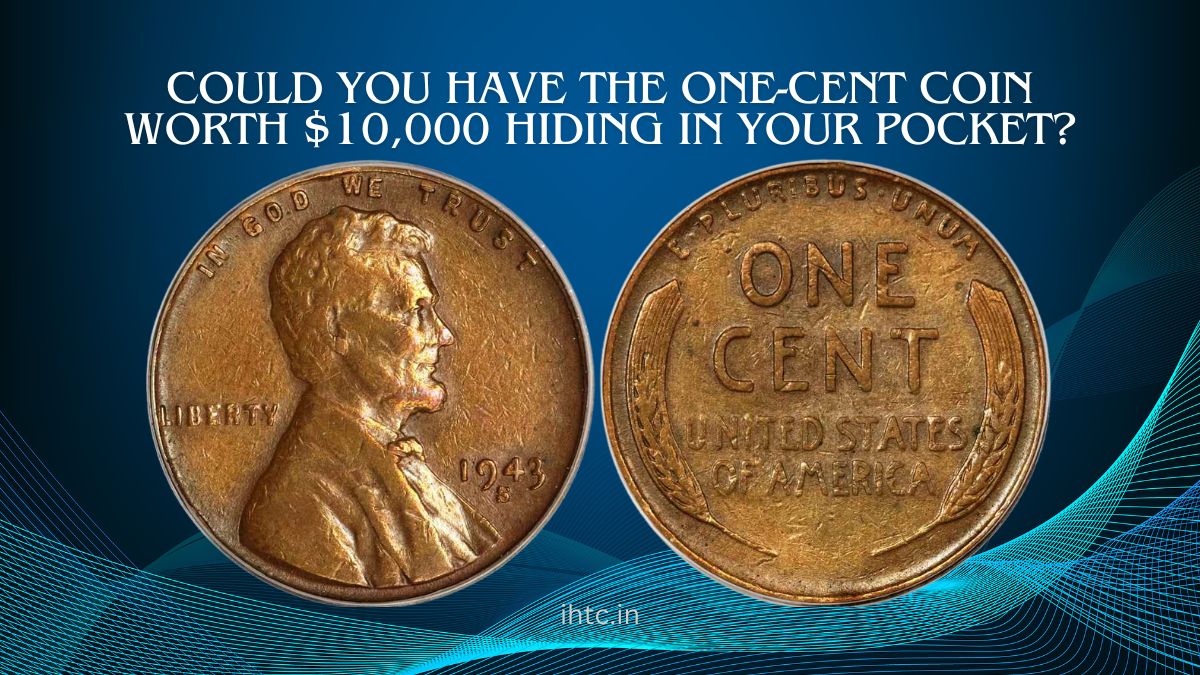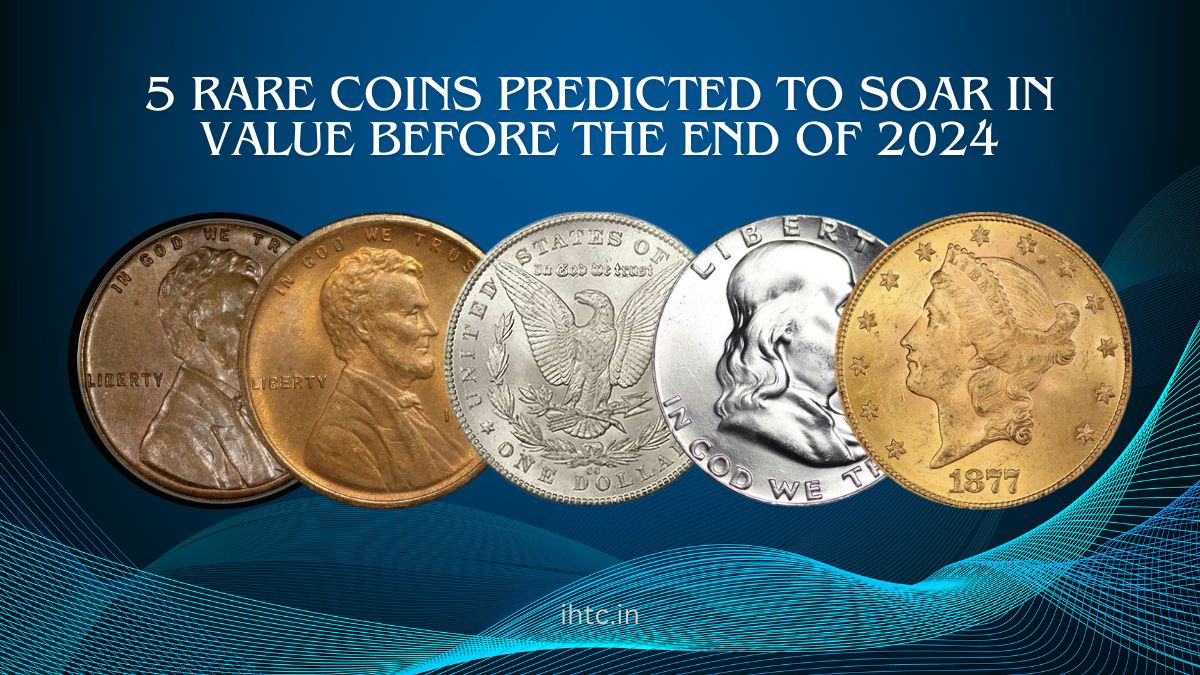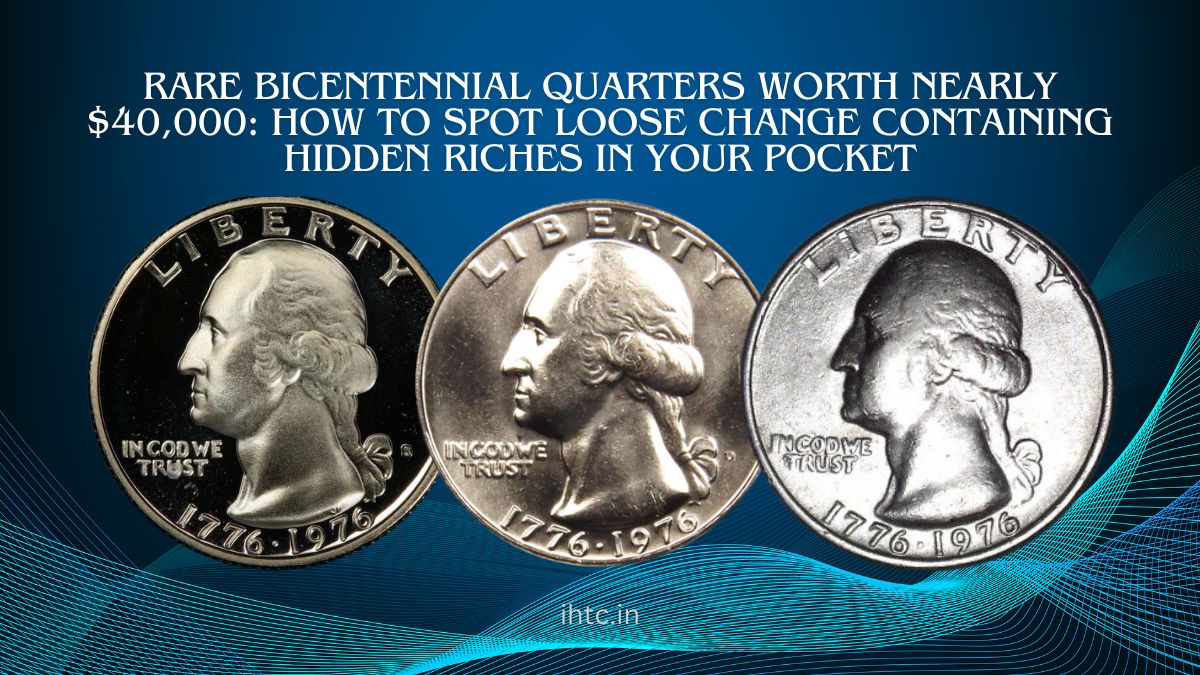The U.S. penny, which is frequently abbreviated as the “cent,” has a rich and illustrious history. The dime has undergone numerous design changes since its introduction in 1909; however, the obverse has consistently featured the likeness of Abraham Lincoln.
In this section, we will investigate the development of the cent, its primary designs, facts, and a few intriguing details from 1909 to the present.
Overview of the Penny’s History
The initial penny was produced in 1787 and has witnessed numerous modifications in terms of composition and design. The Indian Head and Flying Eagle cent were prominent designs prior to 1909.
Nevertheless, in 1909, the U.S. Mint implemented a significant change in honor of Abraham Lincoln’s 100th birthday. This change marked the first time a historical figure was depicted on a U.S. coin.
The Lincoln Cent (1909–present)
The Lincoln Wheat Penny, which was created by sculptor Victor David Brenner, was issued to commemorate Abraham Lincoln’s centennial. Lincoln’s profile was depicted on the obverse, while two wheat stalks were depicted on the reverse.
Not only was this coin significant for its recognition of one of America’s greatest presidents, but it was also the first U.S. coin to include the inscription “In God We Trust.”
The Lincoln cent is the longest-running coin design in the annals of the United States, having been in circulation since 1909. Additionally, it established a new standard by incorporating a genuine individual, as opposed to an allegorical figure or symbol.
Significant Evolutions in Design Over Time
The reverse of the penny has undergone numerous significant redesigns:
- 1909-1958: Wheat Cent Reverse – The coin was adorned with two wheat stalks, which symbolized the backbone of America and agriculture.
- 1959-2008: Lincoln Memorial Reverse – In 1959, the U.S. Mint substituted the wheat stalks with an image of the Lincoln Memorial to commemorate Lincoln’s 150th birthday.
- 2009: Bicentennial Commemoration – In recognition of the 200th anniversary of Lincoln’s birth, the Mint released four distinct reverse designs, each of which illustrated a different phase of Lincoln’s life.
- 2010–Present: Union Shield Reverse – Since 2010, the reverse has shown a Union Shield, which represents the United States as a unified and intact nation.
Significant Modifications to the Composition
The metal composition of the cent has also undergone modifications. Initially constructed from copper, the cost of this material began to increase in the 20th century, necessitating modifications:
- Pre-1982: Prior to 1982, pennies were made up of 95% copper and 5% zinc.
- 1982-Present: The U.S. Mint transitioned to copper-plated zinc from 1982 to the present, with a content of 97.5% zinc and 2.5% copper. The penny’s production cost exceeded its face value due to the increasing cost of copper, which prompted this transformation.
A special steel penny was issued in 1943 during World War II as a result of a paucity of copper, which was being conserved for war efforts during the conflict. These steel quarters are currently in high demand among collectors.
Rare Pennies and Notable Varieties
Several pennies from the Lincoln series are regarded as uncommon and valuable:
- 1909-S VDB: The reverse of this cent, which is issued by the San Francisco mint, bears the initials of designer Victor Brenner (VDB). It is one of the most valuable Lincoln pennies, as only 484,000 were produced.
- 1943 Copper Penny: In 1943, a small number of copper pennies were produced as a result of an error. These pennies are highly sought after and valuable, with some selling for more than $100,000 at auction.
- 1955 Double Die: This penny is another high-value collector’s item due to the evident doubling of the date and inscription.
Production of pennies today
The U.S. Mint produced more than 7.6 billion pennies in 2021, which is indicative of the coin’s ongoing popularity, despite ongoing discussions regarding its cost-effectiveness. Interestingly, the production of a penny now costs more than one cent, which has prompted discussions in Congress regarding the potential discontinuation of the coin.
The cent continues to be an iconic component of American currency, and this is despite the expense. Its continued relevance is guaranteed by its status as a symbol of good luck and the idiom “a penny saved is a penny earned” that are embedded in popular culture.
The Future of the Penny
The penny’s future is still uncertain. Although some argue for its abolition due to production costs and limited purchasing power, others support its continuation, citing its cultural significance and the potential negative impact of rounding prices to the nearest nickel.
The penny is a unique symbol of American culture, with its complex history and ever-changing designs. The penny has been a reflection of the country’s agricultural heritage, historical milestones, and cultural values, from the obverse featuring Abraham Lincoln’s image to the changes in the reverse designs.
The cent will always be a cherished component of U.S. numismatics, regardless of whether its future is secure or uncertain. The penny can be viewed as more than just spare change by comprehending its history, as it is a fragment of history that has evolved in tandem with the nation.
